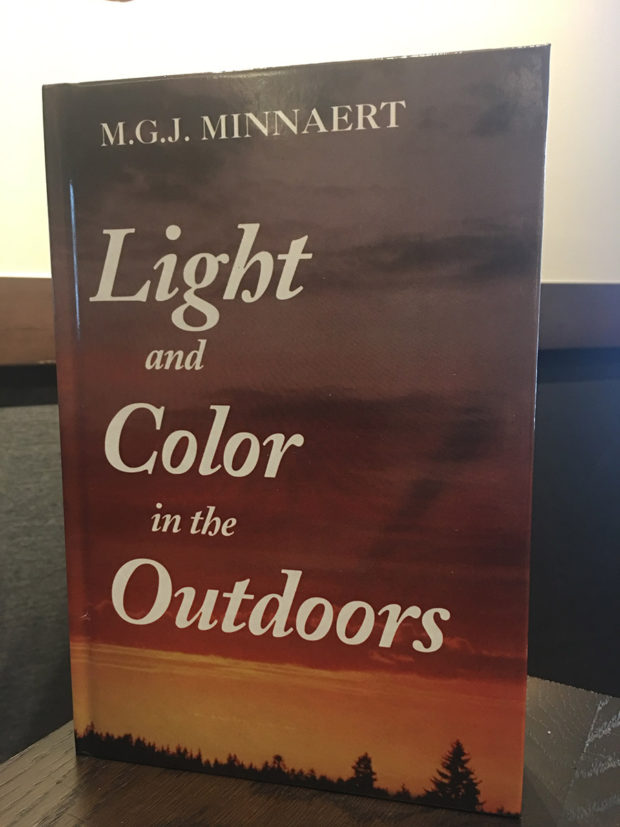
Anyone who knows me knows that I love photo books. I find them hugely inspiring and informative. Along those lines, I am also always looking for books that help me better understand the why of photography. In my experiences, I have found that my photography increases as my understanding of color theory, black and white tones and light increases. I recently purchased a copy of the book Light and Color in the Outdoors by the late Marcel Minnaert (translated into English by Len Seymour).
This book provides amazing insights into understanding light and color. While not a book on photography per say, it covers a huge range of topics that are so relevant to our photography. From understanding how light behaves at various times of day to how light and shadows are formed, shaped and manipulated by the various objects around us, this book covers so many things that are relevant to the photographer. The real strength in the text is that it can help you bridge your innate understanding of your experiences seeing in the landscape with the reason behind those experiences. For me, this has allowed me to understand better and anticipate things happening behind the camera in a more consistent and more insightful way.
Professor Minnaert was a scientist who specialized in solar research and solar events. He was born in Belgium in 1902 and spent this early academic career studying the impact of light on plants. Upon graduating, he worked as a physics teacher until the start of World War I, which forced him to move because or the political suppression of science by the Germans. He moved to Utrecht and began working the solar observatory. He continued his work until he was arrested in 1942 for his outspoken comments on fascism. He was finally released from prison and returned to his work in 1944.
He wrote a number of books on the natural world including Light and Color. For me, the reason that the book is so interesting is because of Minnaert’s ability to break down the most technical aspects of physics into simple, easy observations. Just by walking around and observing you can apply much of what is in this book.
I particularly enjoyed the sections on how colors are shaped by the curvature of the earth and how we observe and see color and color shifts in the natural world. There is also great information about how mirages, light shapes and the impacts of reflection and refraction. While the book does offer some of the math behind the effect, you by no means need to know the math to appreciate what you learn.
While the book is not cheap at $70.00, it is worth picking up if you have ever wondered about why we see the light and colors the way we do. I also would recommend it to anyone looking to take your photography to the next level. The exercises and skills of observation that Minnaert has are amazing and worth learning how to incorporate into your seeing.
PS The links in here are to an affiliate account at Amazon.
